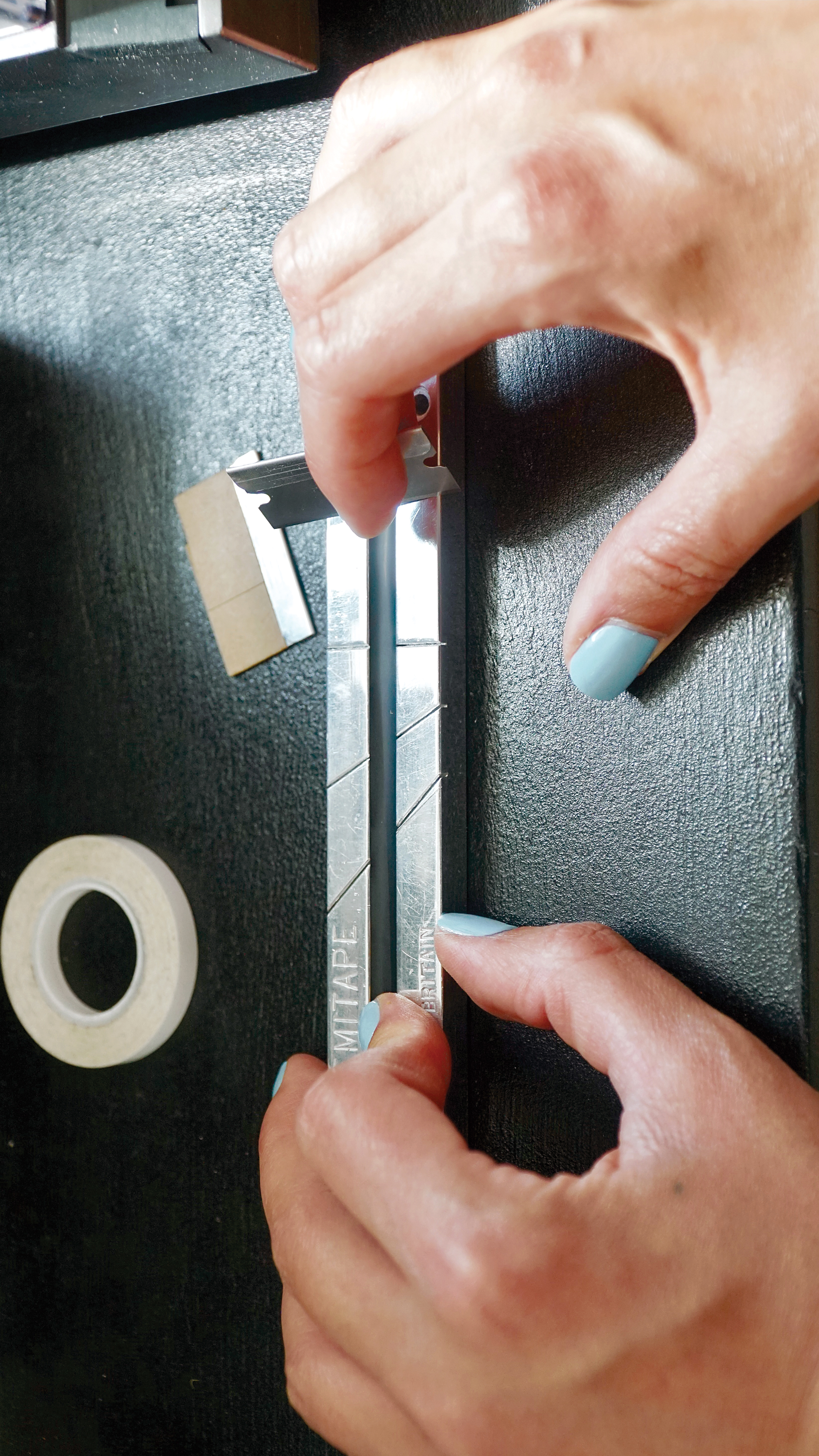Following the successful launch of their Al Schmitt Signature plug-in [Tape Op #145], Leapwing Audio recently released a Joe Chiccarelli Signature plug-in, offering 11 different profiles that emulate Chiccarelli’s [#14] signal chains for kick, snare, bass, vocals, etc. Each profile has a unique GUI that offers parameters for the gear in the chain. For example, the Lead Vocal profile presents sliders that control models of a Pultec EQ, an API 550A EQ, the drive from a Neve 1073 or API console [#81], a Universal Audio 1176 compressor, a parallel 1176 compressor, and a Teletronix LA-2A [#26], plus an effects section with three types of profiled reverbs. The Electric Piano and Acoustic Guitar profiles have their own assortment of modeled gear, effects, and so forth. Within these profiles, one can choose among different presets based on genre, which is appealing because the user is getting a sense of Chiccarelli’s processing philosophy and the sound of each component modeled from his own personal equipment, adding up to more than the sum of its parts. No two pieces of vintage analog gear sound the same, and with this plug-in, the user has access to the sounds that Chiccarelli has curated over a lifetime. In other profiles are more gear models, such as an API 560 [#26], a Chandler Limited Zener limiter [#59], a dbx 160A compressor/limiter, an Overstayer Saturator NT 02A, and a Neve 33609 stereo compressor. For effects, there’s an AMS DMX 15-80 digital delay, an AMS RMS-16 digital reverb, a chamber reverb, a Lexicon Prime Time delay, and two different plate reverbs.
In use, the Joe Chiccarelli Signature plug-in does exactly what you’d expect, and upon selecting a preset, instantly transforms raw sounds into something respectable, immediately showing the potential for a “mixed” or “finalized” sound – obviously, the original sound plays a gigantic role in how quickly it comes together. Even without selecting a plug-in preset, merely having the appropriate profile adds quite a bit of heft to your sound, which makes sense considering that the chain is active. The presets are based on a few genres, such as rock, pop, and funk, so anyone who primarily works in an unrelated genre may need to do more work to get to where they want to go. I should be clear that, obviously, the plug-in cannot read your mind and magically massage your sound into exactly what you’d hoped for. However, generally, it’s clearly pushing in a specific direction, after which you should finish the job. For me, one huge part of mixing involves maintaining sonic points of reference so as to not wander off the aural map, and I’ve found that this plug-in can help me to correct course as I’m working. Being able to ask, “What would Joe Chiccarelli do?” is quite a nice option to have.
On Leapwing’s website, Chiccarelli pitches his Signature plug-in as a starting place for those getting into mixing: “Without any knowledge of [mixing], you can sit down, open the plug-in, and at least have a basic tone that maybe inspires you to push forward and do even more.” That angle is absolutely the right one to take with this plug-in, but as someone who’s been mixing for over 15 years, it can be utterly useful to veteran mixers as well. For example, as a producer, I’m often guilty of getting bogged down with crafting tones and experimenting, sapping my creative energies and whatever fleeting moment of inspiration was driving me. In this day and age, the client, whether the artist or their label, wants reference mixes that sound and feel good, and anything that can save me time and brainpower in getting “there” is totally worth considering. To have Joe Chiccarelli’s signal chains at my disposal with the click of a mouse is handy, to say the least. Leapwing offers a free trial, so give it a go and see if it’s useful!




_disp_horizontal_bw.jpg)